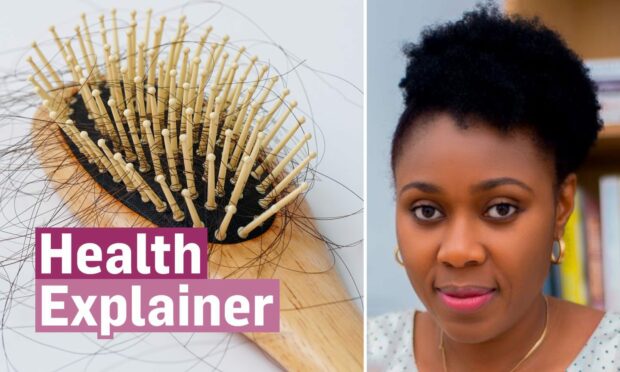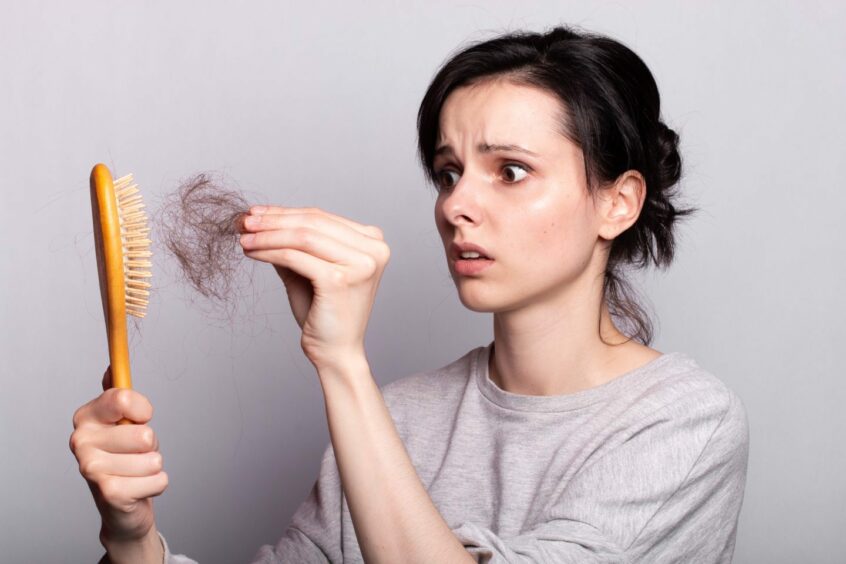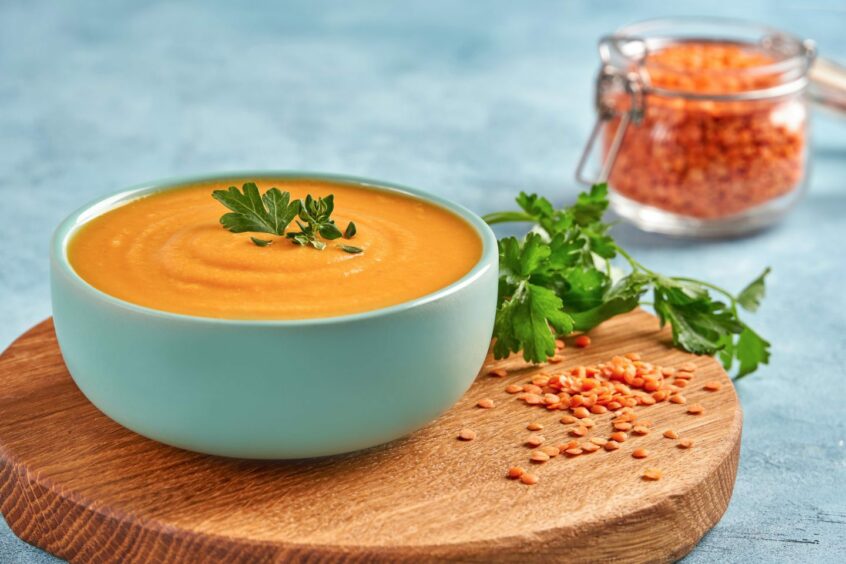Has the texture of your hair changed, or are you finding more strands in your brush? It may be down to what you put on your plate.
Aberdeen nutritionist Peace Odu says there are several things we can’t change when it comes to affecting our hair – like age, health and genetics.
But one factor that can be controlled is our diet.
It’s normal to experience some hair loss – and we all lose around 50 to 100 every day.
But sometimes it can be a sign of a health condition, or down to our diets.
And while it’s not fully understood, some links have been identified.
Peace explained: “Inadequate intake of healthy fats may result in dry hair. Similarly, thinning hair may indicate a protein deficiency.
‘Eat a diet that contains enough nutrients’
Peace says there are a range of ingredients responsible for the way your hair looks, feels and grows.
“The structure of the hair follicle is ever-changing and requires various nutrients as building blocks to support rapid growth,” she said.
This includes protein, iron and healthy fats as well as vitamins A, B and C – often found in dairy, fruit and veg.
She also advises eating selenium (found in meat, fish and eggs) and zinc (found in meat, cereals and dairy).
Peace added: “These nutrients are essential for normal function but also aid in defence and repair.
“A lack of these nutrients may cause changes to hair structure, texture and growth.”
So how should I eat to help my hair?
Many recipes can contribute to keeping your hair healthy.
Peace’s go-to meals, packing in as many nutrients as possible, are:
- Lentil soup
- Porridge with chia seeds and blueberries
- Salmon with green vegetables
- Egg frittata
- Sweet potato and lentil dahl
Read more:
Thyroid problems? Inverurie nutritionist shares tips for improving metabolism
A nutritionist’s top tips for moving to a more plant-based diet




Conversation